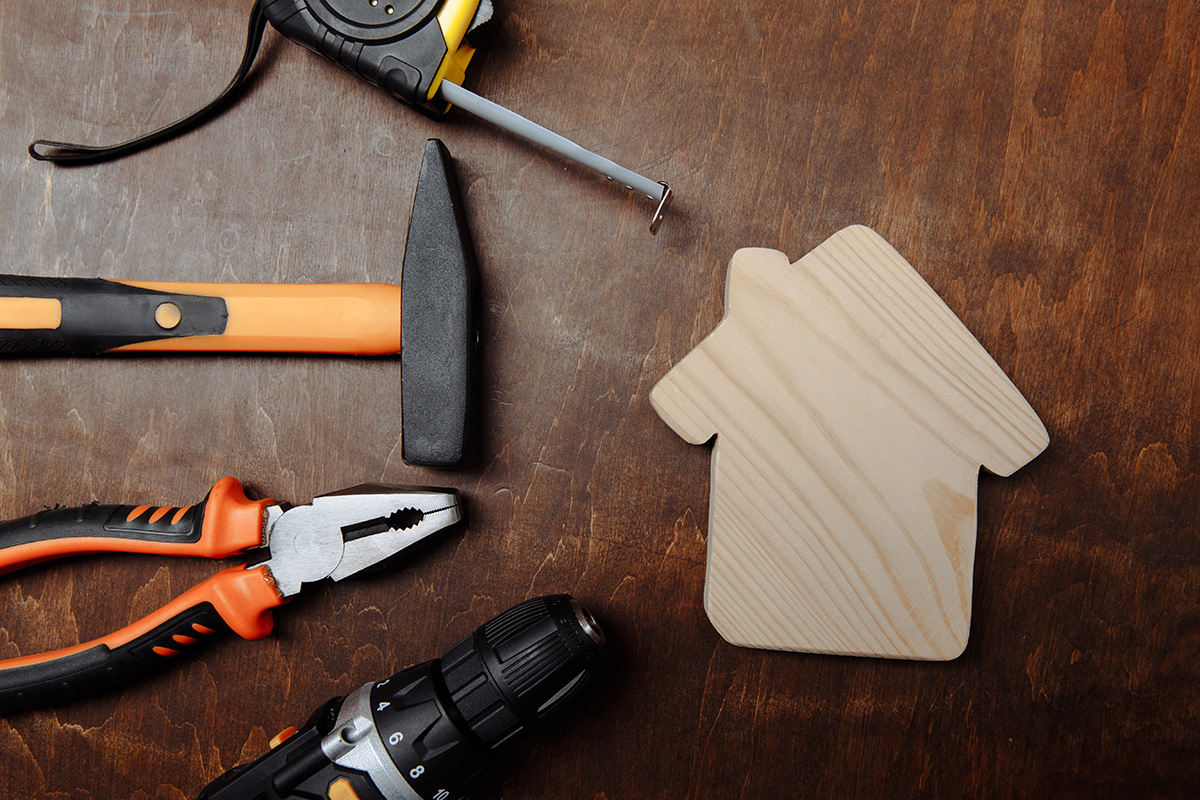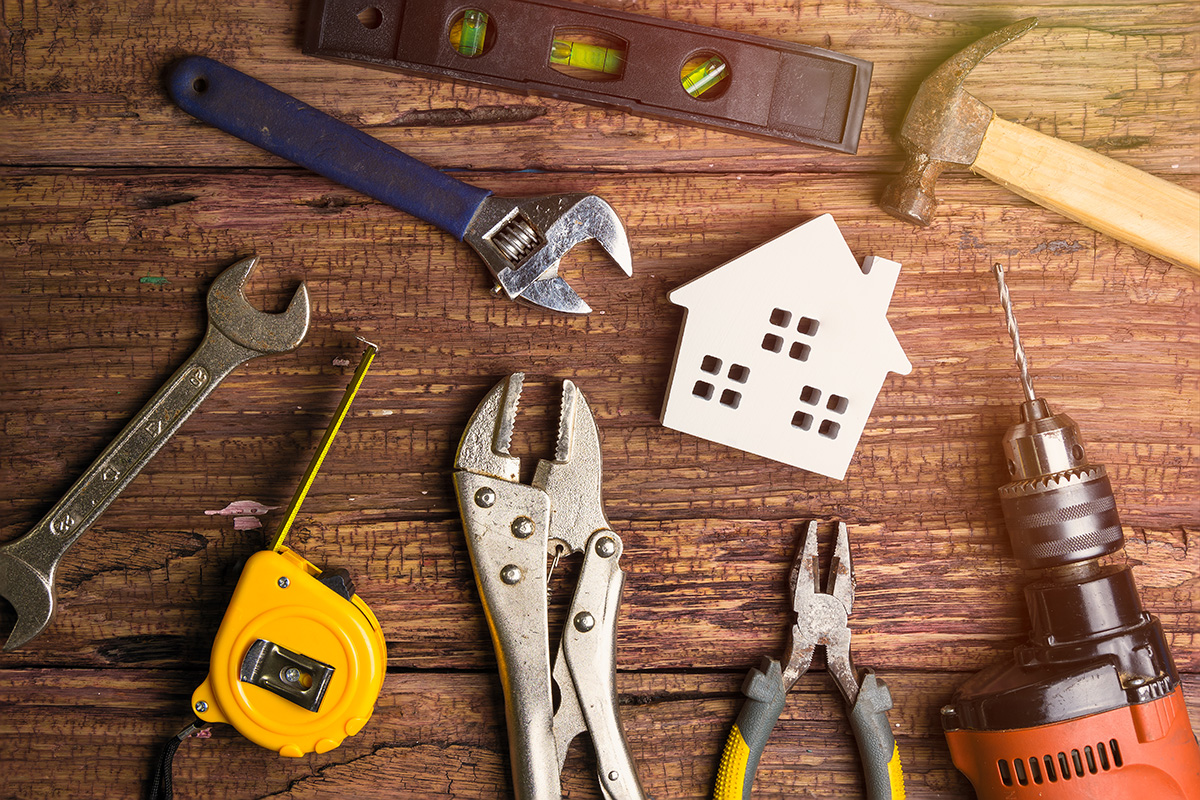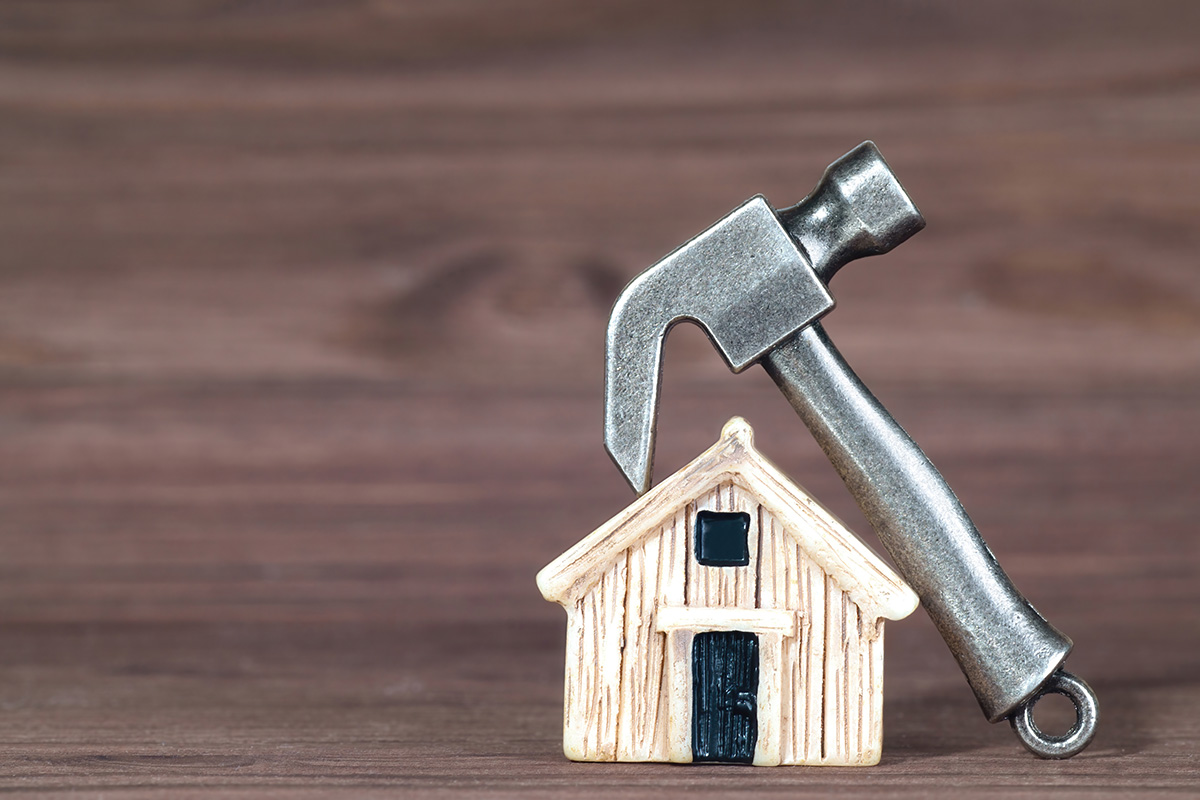What Is ARV in Real Estate & How to Calculate After Repair Value?
If you’re thinking about property flipping, or selling a home that requires renovations, you should become familiar with the term ARV that stands for "after repair value". It's an important part of any real estate investment that helps to estimate the potential future value of a property. What is ARV in real estate and how to calculate it?

ARV in real estate - what is it?
ARV in real estate stands for after repair value, which is the estimated value of a property after repairs and renovations are completed.
It's an important metric for real estate investors, as it estimates the potential future value of a property after the investor has made improvements. This value is based on the current market conditions, as well as other factors such as location and amenities.
ARV is also used to determine an investor’s potential profit margin on a property. So, it's an important metric to consider when evaluating a real estate investment.
How to calculate the after repair value of your property?
The basic formula for calculating the real estate ARV looks in the following way:
the current value of the property + the cost and value of renovations = the after repair value
Thanks to this basic formula, you can get a general idea of how much your property can be worth after performing renovation works.
Even though this formula is helpful, it doesn’t take into account a few basic criteria that are crucial to make an accurate ARV estimate such as:
- the market - start by researching the local real estate market to get an idea of the current value of properties in the area. Perform comparative market analysis to estimate how much your property could be worth.
- the location - this is another important factor that can affect the ARV. Consider the crime rate, the proximity to public amenities, and other features that may decrease or increase the earning potential.
- the renovations - assess the condition of the property and the cost of repairs. Analyze the cost of materials and labor. What value do they add to the property?
- the value of the amenities - if your property has any unique features or amenities, consider their value when estimating the real estate ARV.

Why should you calculate ARV?
Calculating the after repair value (ARV) of a property is important for investors who are looking to purchase a property to either fix and flip it or rent it out.
ARV in real estate estimates the potential sale price of a property after it has been improved, renovated, or updated.
It helps investors understand the potential return on their investment and determine if the purchase is worth the risk and effort.
What are the limitations?
Although the ARV formula can help you estimate the value of your property, it’s not always accurate. The market is constantly changing, and the value of a property can increase or decrease over time. For this reason, it's important to use multiple sources to estimate the after repair value of a property.
It’s also crucial to consider the cost of renovations, as unexpected repairs can quickly add up and eat away at your profit.

How is ARV used in real estate and house flipping?
ARV in real estate is a particularly important metric for real estate investors and house flippers. It helps them evaluate the potential return on their investment and determine a maximum offer price for a property.
Here is a fun fact. When professional investors flip homes typically use a formula called the 70% rule. This rule states that the maximum offer price should not exceed 70% of the ARV minus the cost of repairs. This helps them determine a safe purchase price and estimate their potential profit margin.
The takeaway
What is ARV in real estate? It’s an important metric that helps investors determine the estimated value of a property after repairs and renovations are completed.
When estimating the after repair value, it’s worth remembering that the ARV formula is a general guideline. It doesn’t take into account all the factors that may affect the value of a property, so it shouldn’t be the only element considered.